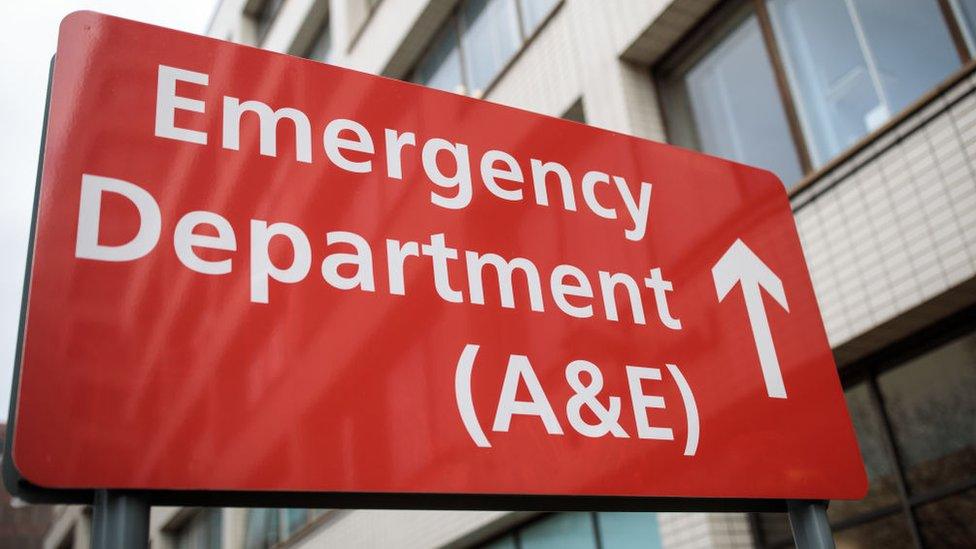Virtual quiz seeks to cut A&E queues at Chesterfield Royal Hospital
- Published
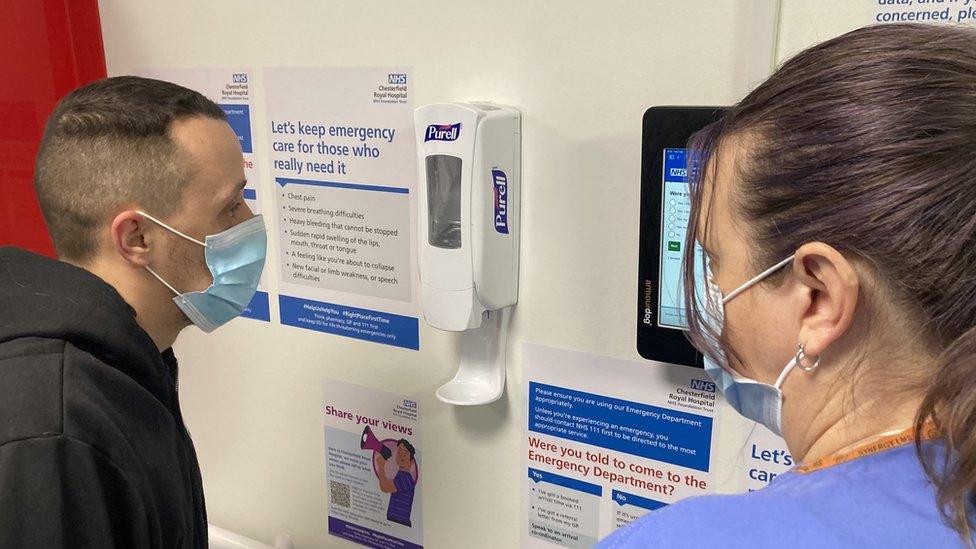
Staff are on hand to help people use the tablet devices
People arriving at an A&E department in Derbyshire are being asked to use a virtual questionnaire to make sure they really need to be there.
The tablet devices are being piloted at Chesterfield Royal Hospital in response to rising patient numbers.
The devices, which have been installed at the entrance, can redirect some non-emergency cases to more appropriate services.
Hospital bosses hope the trial will result in a drop in waiting times.
How does it work?
Patients arriving at the emergency department walk-in entrance are being asked to use one of three tablets to answer a series of questions.
It will then advise them on whether they need to be there or should go elsewhere.
Alternatives include booking a GP appointment, managing it at home or visiting an urgent care centre.
Chesterfield Royal Hospital is one of several hospitals trialling the technology nationally.
Assistants are on hand to help with the process and under-16s, the pregnant and those requiring immediate attention can skip it.
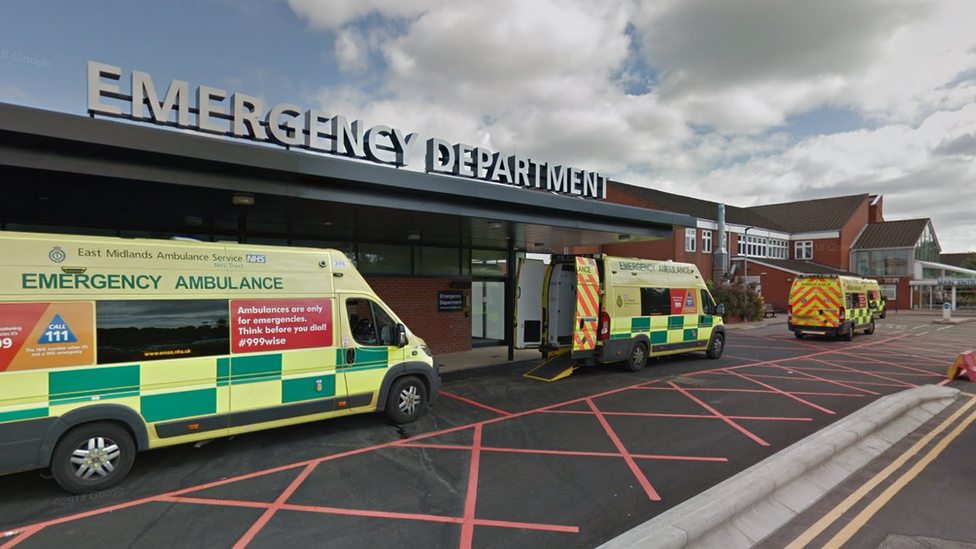
The pilot is under way at the walk-in entrance of the hospital's emergency department
Berenice Groves, deputy chief executive of Chesterfield Royal Hospital NHS Foundation Trust, said: "We are undertaking this pilot... to ensure we are providing the highest possible standard of care to those coming to our hospitals for emergency treatment.
"While we understand people are often anxious to be seen quickly when they do attend A&E, it is often the case that they could be seen more appropriately, and considerably more quickly, elsewhere.
"People can be absolutely assured that if they have an emergency, we are open and are here to care for them."
According to the Trust, there has been a 10% in the number of patients attending - about an extra 5,000 people per year - compared with before the pandemic.

Katherine Lendrum said one patient visited A&E to get their nails cut
Katherine Lendrum, a consultant at the A&E department, said it was important to look at new, more efficient ways to deal with the workload.
"We need to make sure patients use the resources wisely - there's only so much in the system," she added.
"It's about getting the right person to the right place at the right time."

Analysis
By Rob Sissons, BBC East Midlands health correspondent
This latest experiment is trying to deal with a problem that seems as old as time - people attending A&E when their care could most appropriately be dealt with elsewhere.
So this latest pilot is a bold attempt at another variation on triaging patients.
The algorithm is risk-averse so don't suddenly expect the waiting rooms to empty.
It's about changing a culture - the NHS has so many access points there's perhaps little wonder people show up at the wrong one.
There are no easy solutions but this is about allowing A&E to focus on emergencies, a mission made pressing by the record, seemingly ever-increasing, demand.

Rachel Power, chief executive of The Patients Association, said she hoped the pilot would be halted if there was any indication it was compromising patient safety.
"People turning up at A&E are not always at their best so any system where patients are being turned away, or sent to see someone else, has to be handled sensitively and with empathy," she said.

Follow BBC East Midlands on Facebook, external, Twitter, external, or Instagram, external. Send your story ideas to eastmidsnews@bbc.co.uk, external.
Related topics
- Published22 November 2021
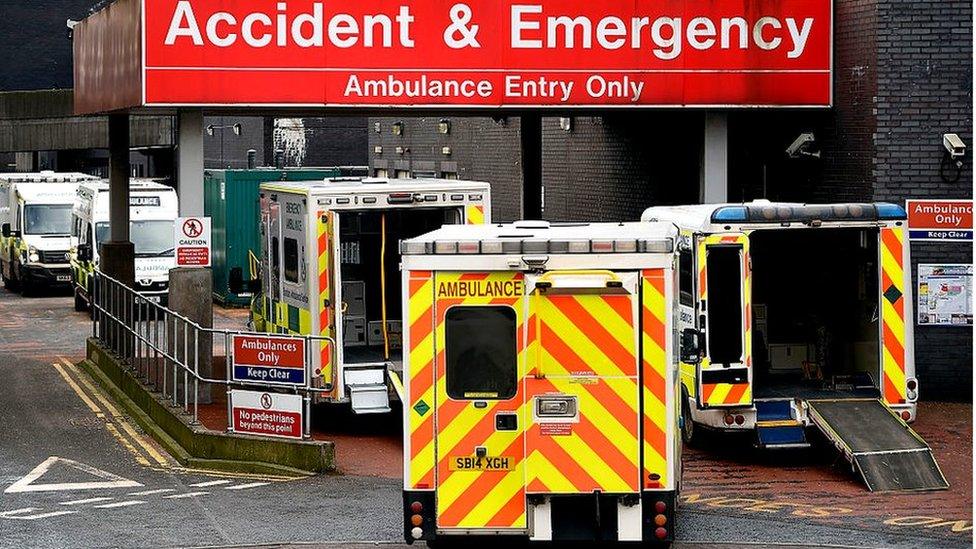
- Published3 November 2021
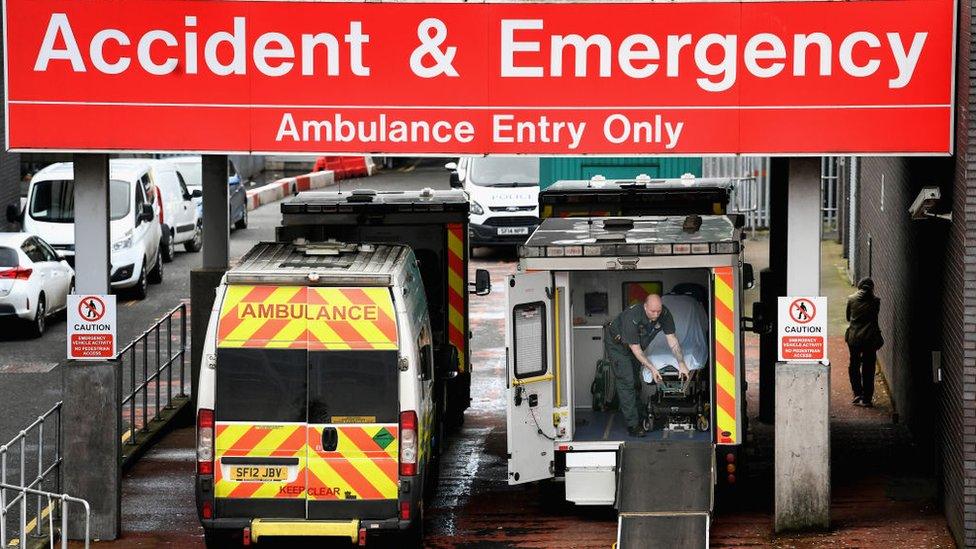
- Published1 November 2021
